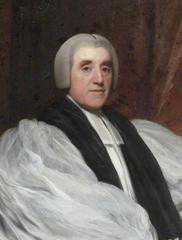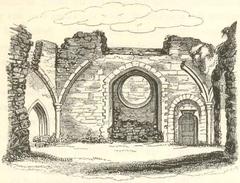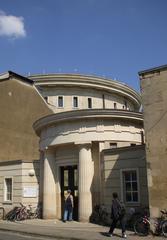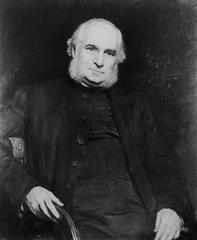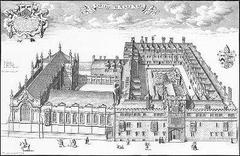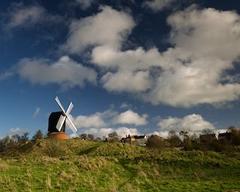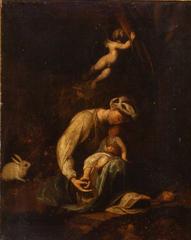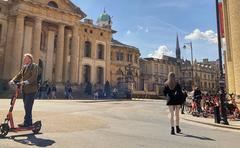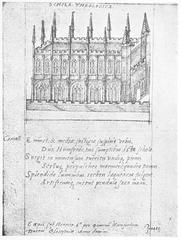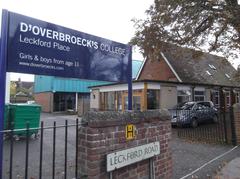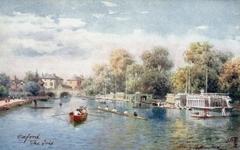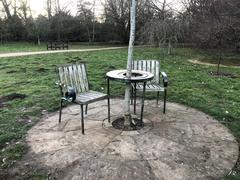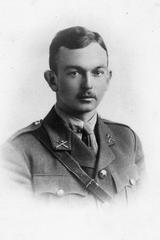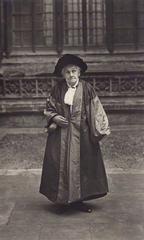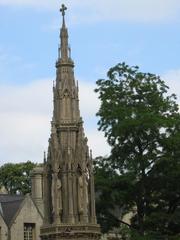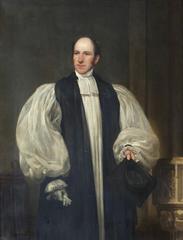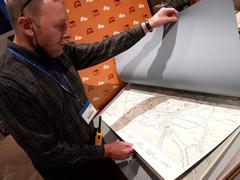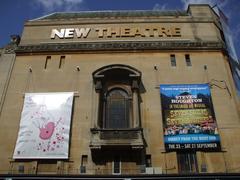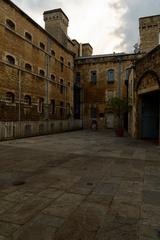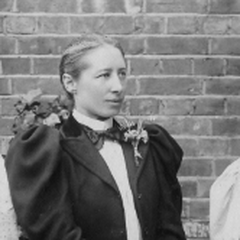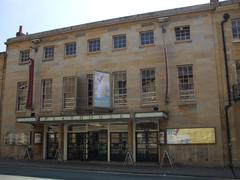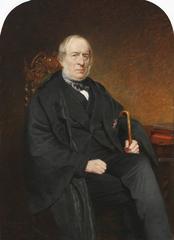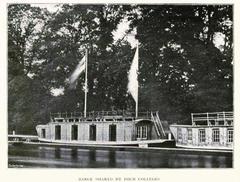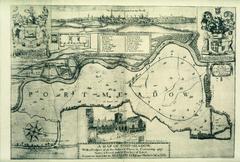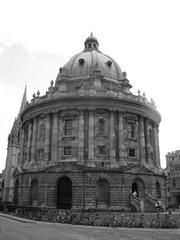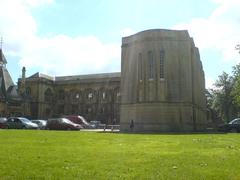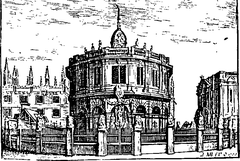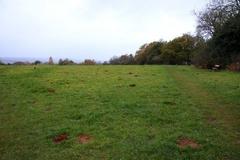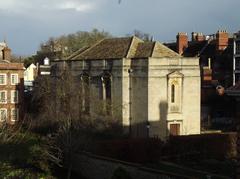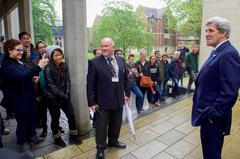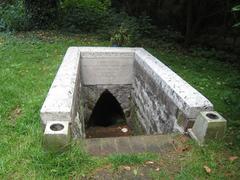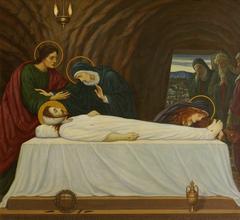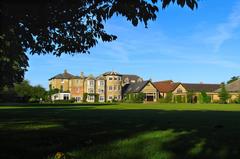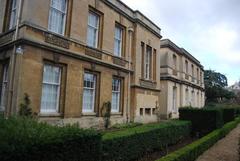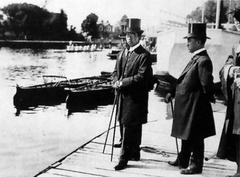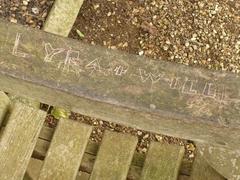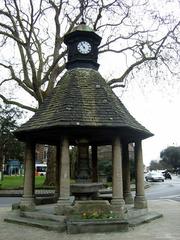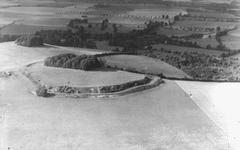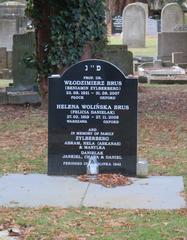C. S. Lewis Community Nature Reserve Visiting Guide
Publication Date: 22/07/2024
Introduction to C. S. Lewis Community Nature Reserve
Nestled in the heart of Oxford, United Kingdom, the C. S. Lewis Community Nature Reserve is a hidden gem that offers a unique blend of natural beauty, historical significance, and literary heritage. Named after the famed author of The Chronicles of Narnia, this reserve provides a tranquil retreat for nature lovers and literary enthusiasts alike. The reserve, which was once part of the grounds of Lewis’s home, The Kilns, encapsulates the serene landscapes that inspired much of his work, including the iconic settings of Narnia (C. S. Lewis Foundation). Established officially in 1997 by local conservationists and the Oxford Preservation Trust, the C. S. Lewis Community Nature Reserve now stands as a testament to both the ecological and cultural legacy of its namesake (Oxford Preservation Trust). This comprehensive guide will delve into the history, significance, and visitor information for this remarkable site, ensuring you have all the details for an enriching visit.
Contents Overview
- Introduction
- History and Significance
- Origins and Establishment
- Historical Context
- Significance to C. S. Lewis
- Conservation Efforts
- Biodiversity and Ecological Importance
- Educational and Community Value
- Cultural and Literary Significance
- Visitor Information
- Ticket Prices and Visiting Hours
- Travel Tips and Accessibility
- Nearby Attractions
- Special Events and Guided Tours
- Preservation and Future Challenges
- Visitor Experience
- Conclusion
- FAQ
Exploring the C. S. Lewis Community Nature Reserve - History, Significance, and Visitor Information
History and Significance
Origins and Establishment
The C. S. Lewis Community Nature Reserve, located in Oxford, United Kingdom, is named after the renowned author C. S. Lewis. The area was once part of the grounds of Lewis’s home, The Kilns, where he lived from 1930 until his death in 1963. The Kilns and its surrounding land were purchased by Lewis and his brother, Warren, as a retreat from the bustling city life of Oxford (C. S. Lewis Foundation).
Historical Context
The land that now constitutes the nature reserve has a rich history dating back to the early 20th century. Initially, it was a clay pit used for brick-making, a common industry in the area. Over time, the pit was abandoned and gradually filled with water, transforming into a pond that became a central feature of the reserve. The surrounding land naturally rewilded, creating a diverse habitat for various species of flora and fauna.
Significance to C. S. Lewis
C. S. Lewis found great inspiration in the natural surroundings of his home. The landscape of the reserve, with its woodlands, pond, and meadows, is said to have influenced the settings of many of his works. For instance, the pond in the reserve is often cited as an inspiration for the “Wood between the Worlds” in “The Magician’s Nephew,” one of the books in the Narnia series (Oxford Preservation Trust).
Conservation Efforts
The significance of the C. S. Lewis Community Nature Reserve extends beyond its literary connections. In the late 20th century, the area faced threats from urban development. Recognizing its ecological and historical value, local conservationists and the Oxford Preservation Trust took action to protect the site. In 1997, the reserve was officially established, ensuring the preservation of its unique habitats and historical legacy (Oxford City Council).
Biodiversity and Ecological Importance
The reserve is a haven for biodiversity, hosting a variety of plant and animal species. The pond, woodlands, and meadows create a mosaic of habitats that support a rich array of wildlife. Notable species include the great crested newt, a protected species under UK law, and various bird species such as kingfishers and herons. The diverse plant life includes ancient woodland species like bluebells and wood anemones, which add to the ecological value of the reserve (Natural England).
Educational and Community Value
The C. S. Lewis Community Nature Reserve serves as an important educational resource. Schools and community groups frequently visit the site to learn about local wildlife, conservation practices, and the historical significance of the area. The reserve offers a range of educational programs and guided tours, making it a valuable asset for environmental education and community engagement (Oxford Preservation Trust).
Cultural and Literary Significance
The cultural significance of the reserve is closely tied to its association with C. S. Lewis. Fans of his work often visit the site to gain a deeper understanding of the landscapes that inspired his writing. The reserve is part of the broader C. S. Lewis heritage trail, which includes The Kilns and other locations in Oxford associated with the author. This connection to Lewis’s literary legacy attracts visitors from around the world, adding to the cultural richness of the area (C. S. Lewis Foundation).
Visitor Information
Ticket Prices and Visiting Hours
The C. S. Lewis Community Nature Reserve is open year-round and is free to the public. Visiting hours are typically from dawn to dusk, but it is advisable to check the Oxford City Council website for any seasonal changes or special events.
Travel Tips and Accessibility
The reserve is easily accessible by public transport and has parking facilities for those traveling by car. It is advisable to wear comfortable walking shoes and bring along binoculars for bird-watching. The paths are well-maintained, but some areas may not be fully accessible to those with mobility issues.
Nearby Attractions
While visiting the reserve, you can also explore other nearby attractions in Oxford, such as The Kilns, the former home of C. S. Lewis, and the historic Oxford University. The city offers a rich tapestry of historical and cultural sites, making it a worthwhile destination for a day trip or a longer stay.
Special Events and Guided Tours
The reserve hosts seasonal events and guided tours that provide deeper insights into its ecological and historical significance. These events are often led by local experts and offer unique opportunities for photography, bird-watching, and nature walks. For more details on upcoming events, visit the Oxford Preservation Trust website.
Preservation and Future Challenges
Despite its protected status, the C. S. Lewis Community Nature Reserve faces ongoing challenges. Urban development pressures, climate change, and invasive species are some of the threats that require continuous management and conservation efforts. The Oxford Preservation Trust, along with local volunteers, plays a crucial role in maintaining the reserve and ensuring its long-term sustainability (Oxford Preservation Trust).
Visitor Experience
Visitors to the C. S. Lewis Community Nature Reserve can enjoy a tranquil and immersive experience. The reserve features well-maintained walking trails, informative signage, and designated viewing areas for wildlife observation. Seasonal events and guided tours provide additional opportunities for visitors to engage with the natural and historical aspects of the site. The reserve is open year-round, offering a peaceful retreat for nature lovers and literary enthusiasts alike (Oxford City Council).
Conclusion
In summary, the C. S. Lewis Community Nature Reserve is a site of profound historical, ecological, and cultural significance. Its preservation not only honors the legacy of C. S. Lewis but also provides a vital green space for wildlife and the local community. Through ongoing conservation efforts, the reserve continues to thrive as a testament to the enduring connection between nature and literature. Plan your visit today to explore this enchanting site and immerse yourself in its rich history and natural beauty.
FAQ
Q: What are the visiting hours for the C. S. Lewis Community Nature Reserve? A: The reserve is open from dawn to dusk. Check the Oxford City Council website for any seasonal changes.
Q: Are there any ticket prices for visiting the reserve? A: No, the reserve is free to the public.
Q: Is the reserve accessible for people with mobility issues? A: While the paths are well-maintained, some areas may not be fully accessible. It is advisable to check ahead for specific accessibility information.
Q: Can I bring my dog to the reserve? A: Yes, dogs are allowed but must be kept on a leash to protect wildlife.
Q: Are there guided tours available? A: Yes, the reserve offers guided tours and seasonal events. Check the Oxford Preservation Trust website for more details.
Source References
- C. S. Lewis Foundation. (n.d.). The Kilns, home of C.S. Lewis. C. S. Lewis Foundation
- Oxford Preservation Trust. (n.d.). C.S. Lewis Nature Reserve. Oxford Preservation Trust
- Oxford City Council. (n.d.). C. S. Lewis Community Nature Reserve. Oxford City Council
- Natural England. (n.d.). Protected species and habitats. Natural England
